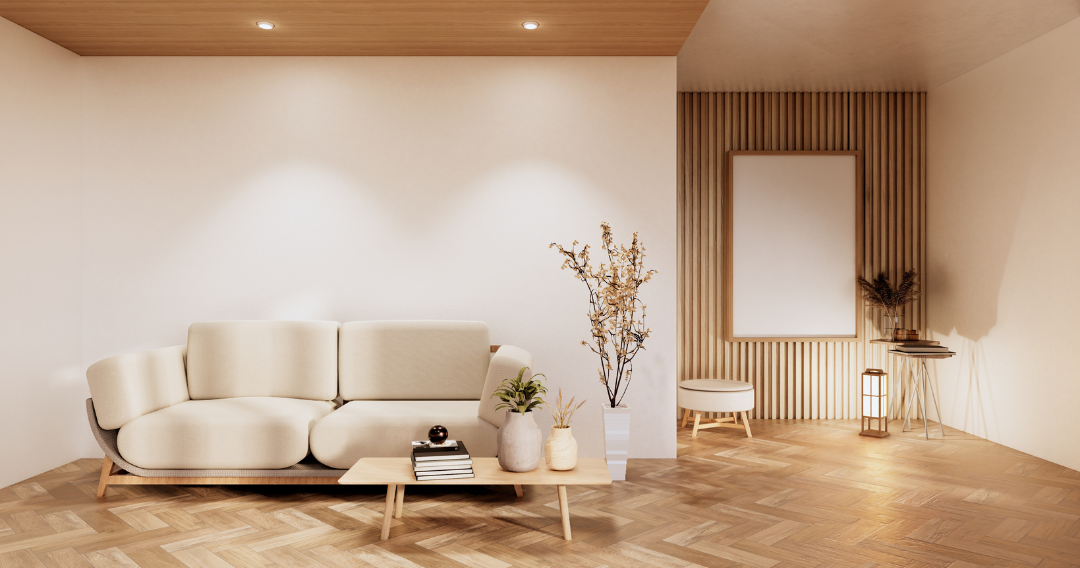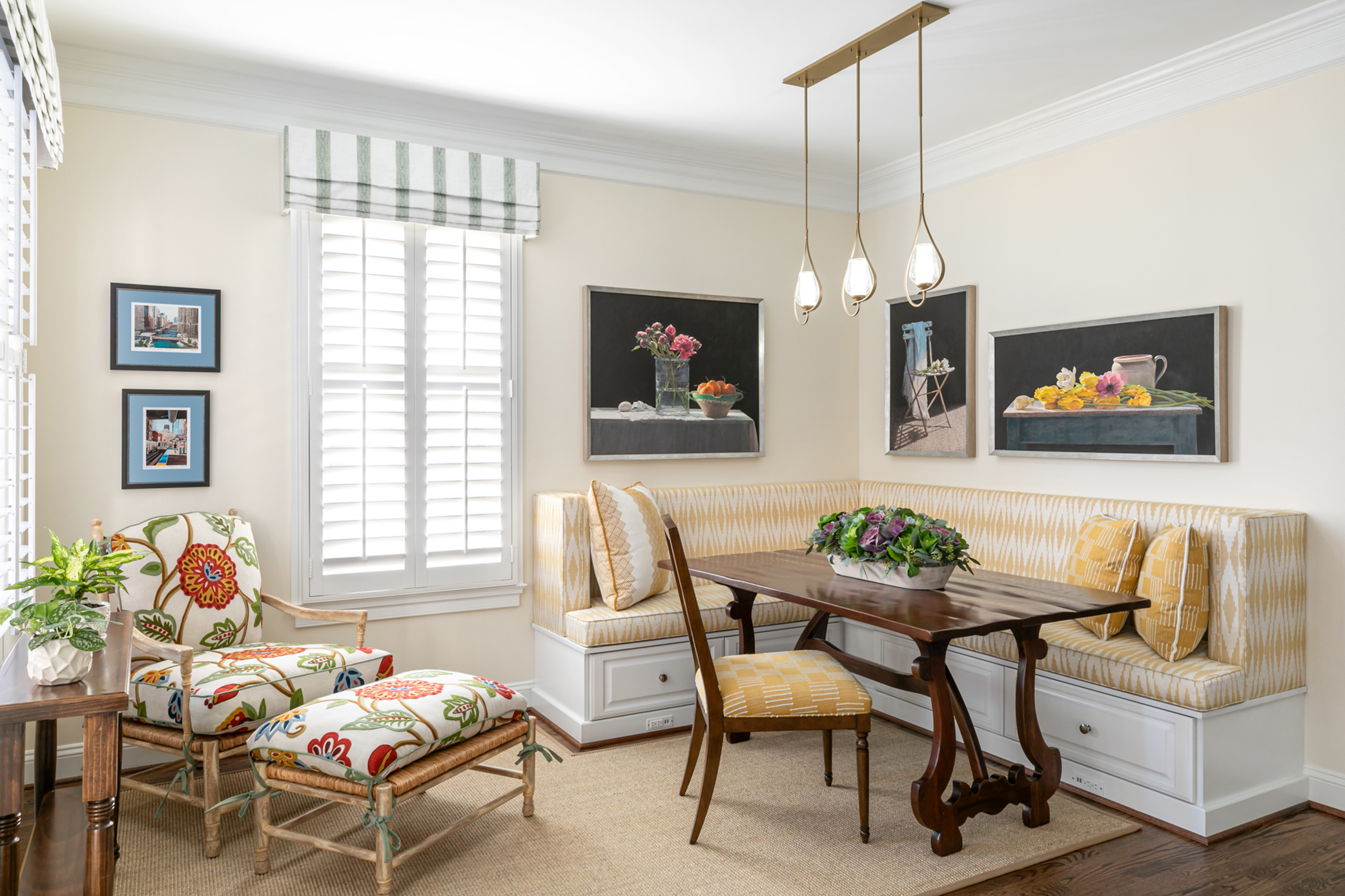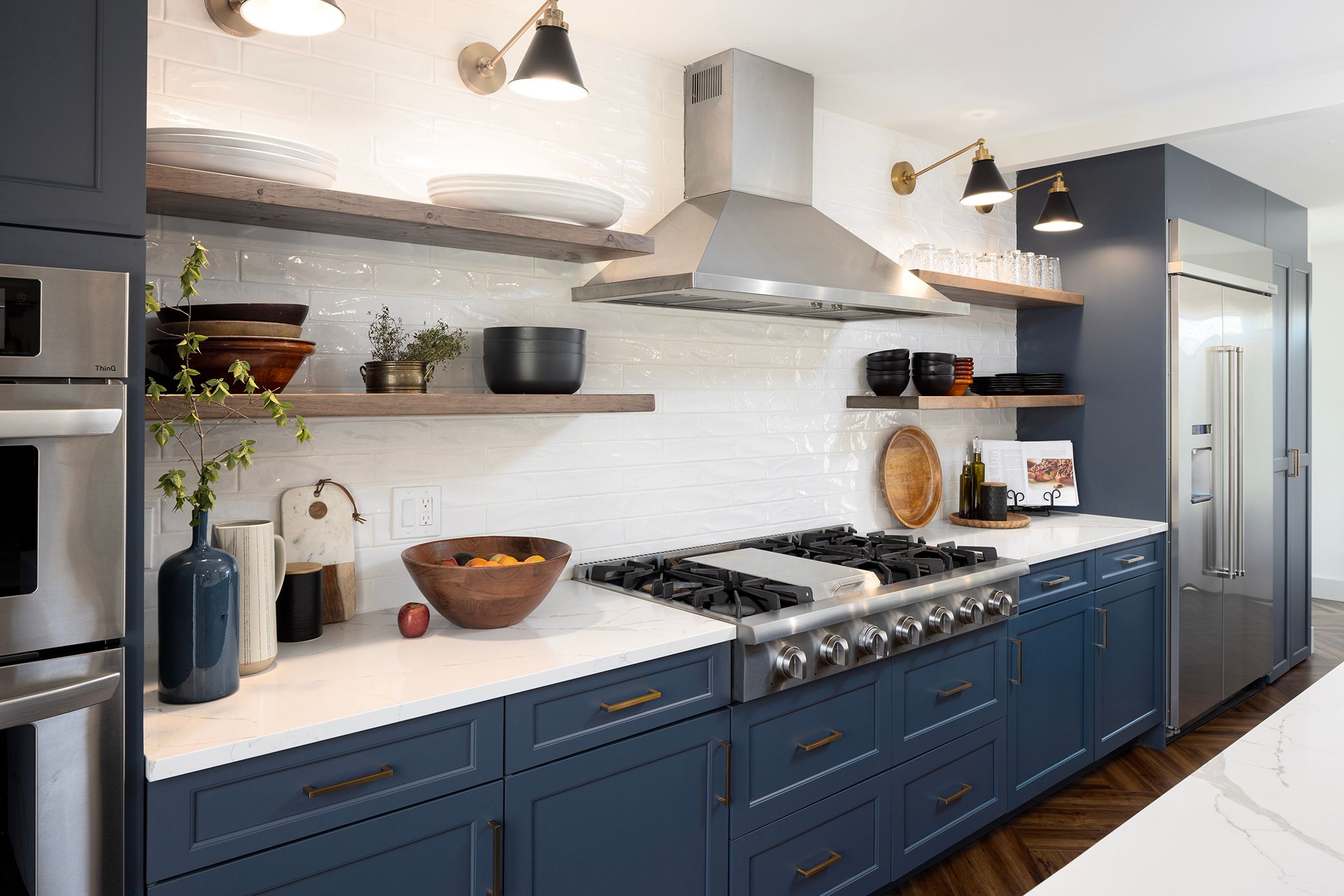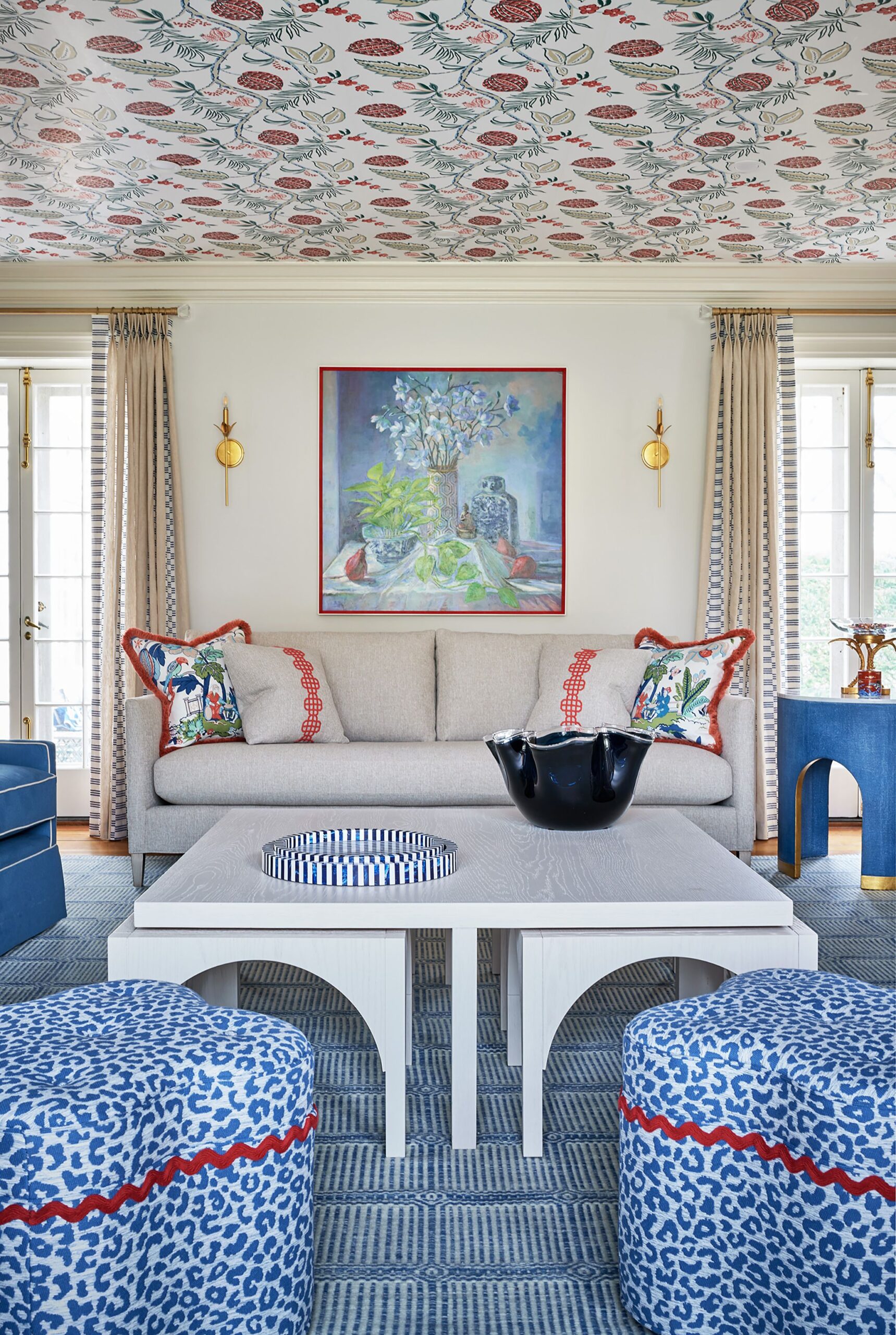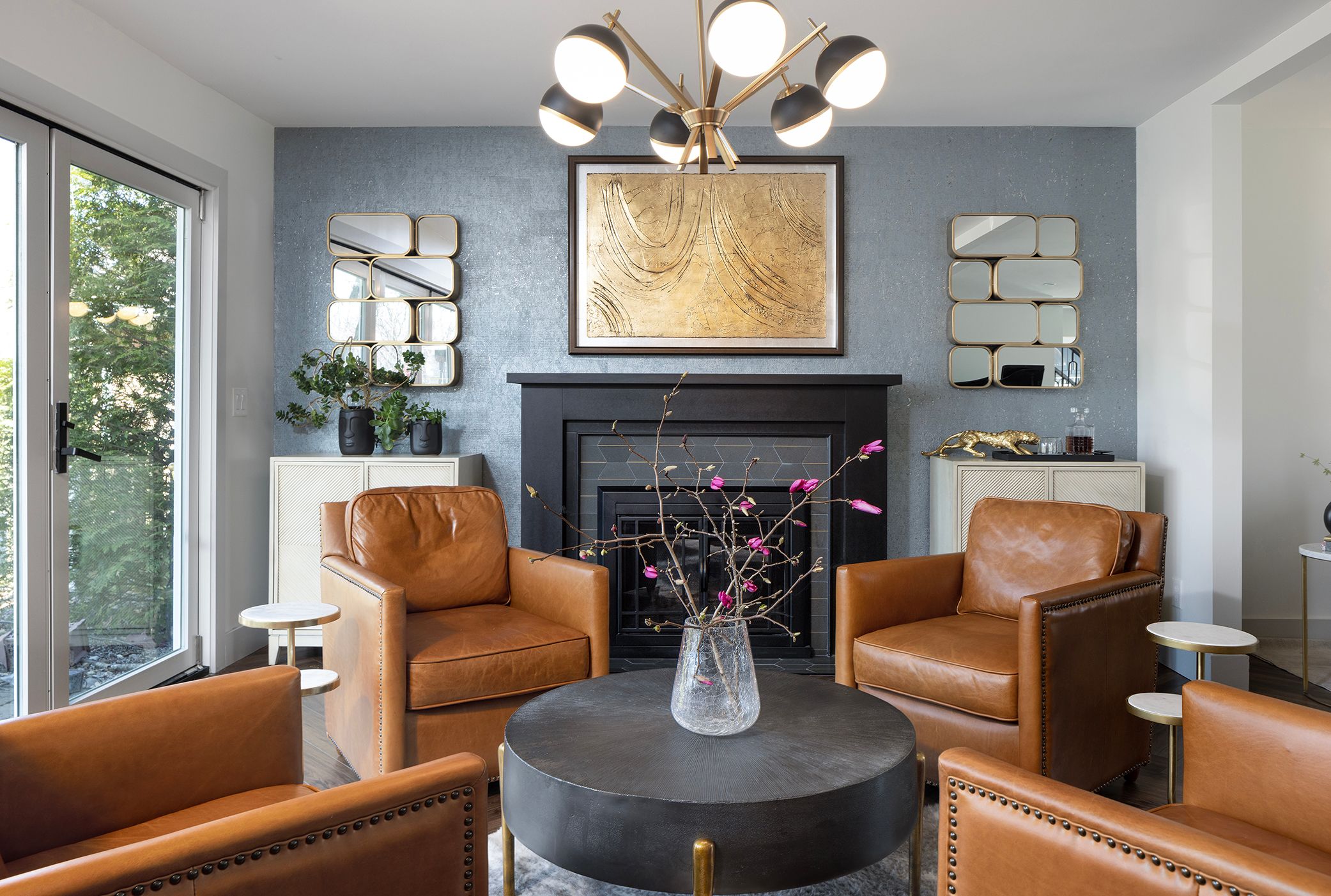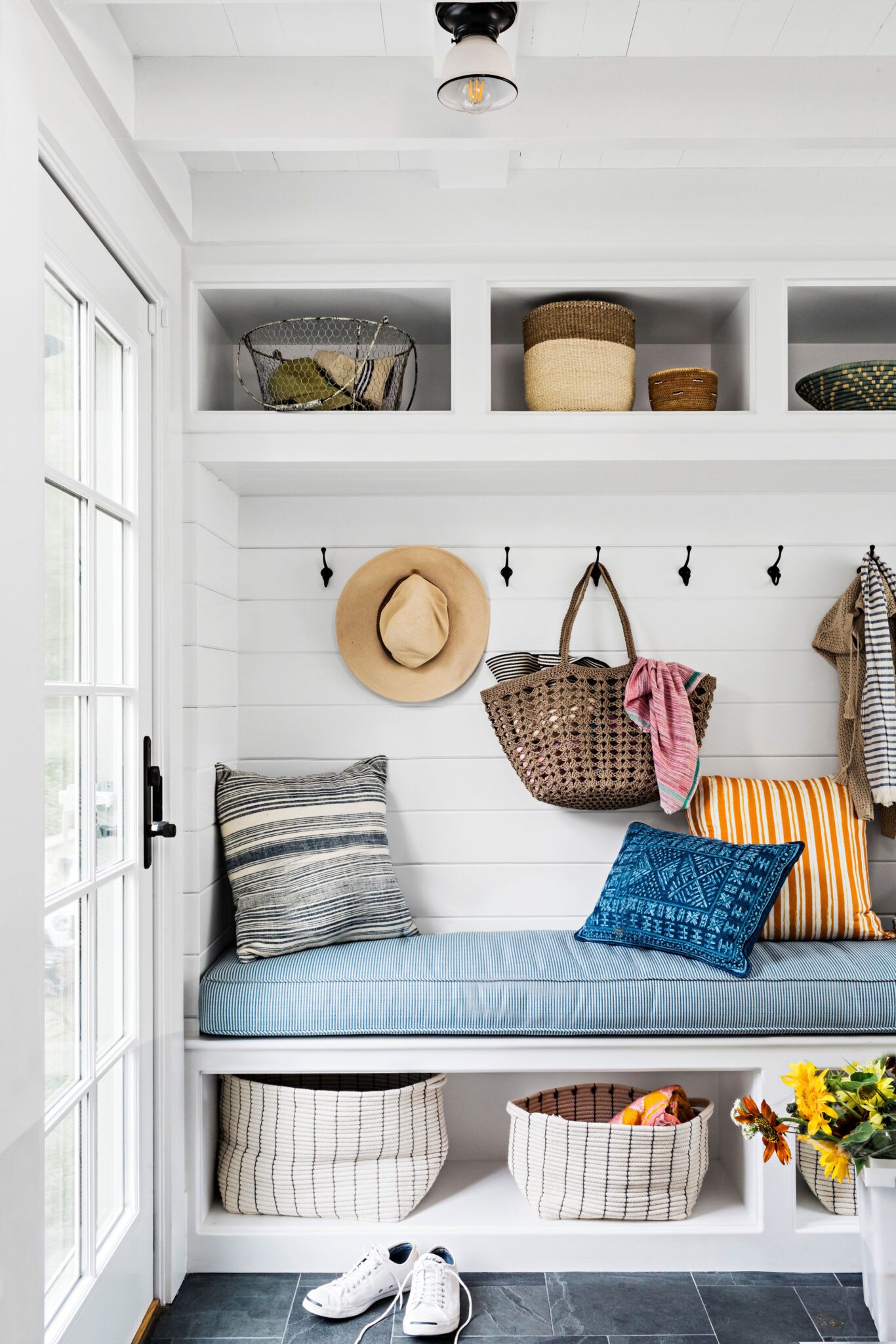- Minimalist design emphasizes precision and clarity, adding value to spaces with every chosen piece, and advocating for purposeful reduction and thoughtful inclusion.
- Colors in minimalist decor are about thoughtful, restrained use and texture plays a vital role in adding depth and character to these spaces.
- Minimalism isn’t just a design style, it’s a lifestyle choice that values tranquility, simplicity, and sophistication, creating harmonious and functional spaces with less.
Minimalist design is not about emptiness or austerity. It’s about precision, clarity, and purpose. Every piece you choose matters and serves a function, adding value to your space. This design style encourages mindfulness, making us think critically about what we bring into our homes.
When done right, minimalist decor radiates a sense of calm and tranquility. It’s a visual respite from the chaos of the world outside. It allows us to focus on the essentials, fostering an environment that supports our well-being and productivity. It’s not about deprivation, but rather about purposeful reduction and thoughtful inclusion.
The beauty of minimalist design lies in its adaptability. It doesn’t dictate a rigid set of rules. Instead, it offers a framework that can be tailored to your personal style and needs. It’s about creating a space that reflects your values and aspirations, a space that feels authentically yours.
For questions, advice, or to explore more about minimalist interior design, feel free to contact me. Let’s begin this journey of maximizing minimalism together, and discover how ‘less’ can indeed be ‘more’. Stay tuned as we delve deeper into this captivating design style in the next section.
Unlocking the Art of Minimalism in Home Decor
Adopting the Quality Over Quantity Mindset
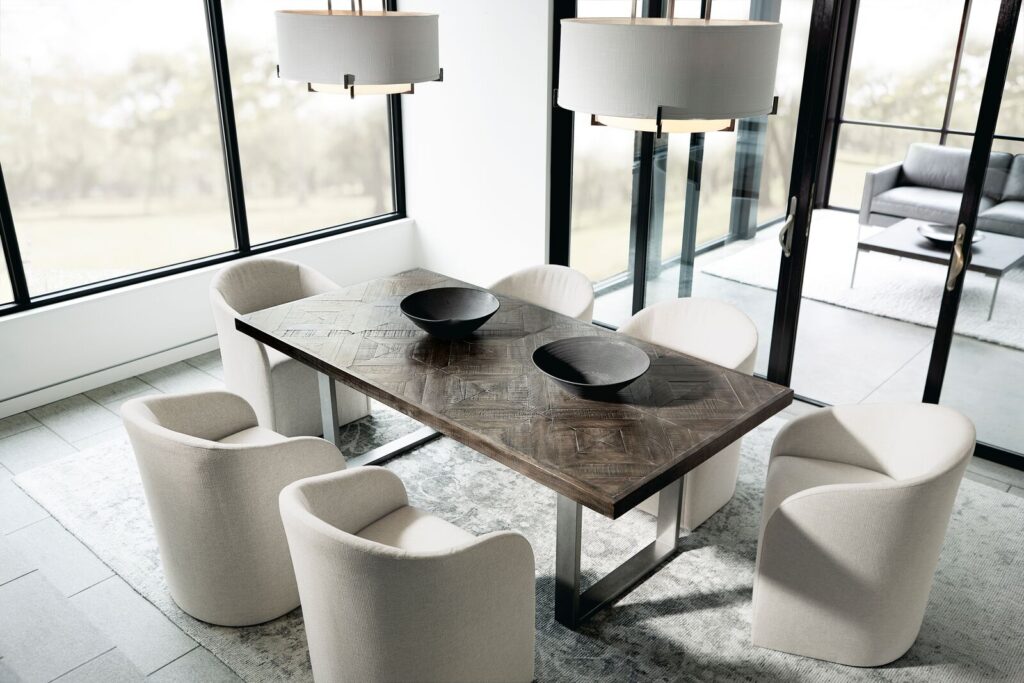
The minimalist decor mindset revolves around the principle of quality over quantity. Instead of filling your space with numerous items, you should opt for fewer, high-quality pieces. These pieces should not only be durable but also serve a specific purpose and enhance the room’s aesthetics.
The Role of Furniture in Minimalism
In minimalist decor, furniture plays a major role. It’s not just about providing comfort or utility; each piece should contribute to the overall aesthetics. For instance, a well-chosen lounge chair can provide comfort, add style, and become a visual anchor in your living room.
Creating a Statement with Key Pieces
Minimalists often use statement pieces to draw attention and tie a room together. A statement dining table, for example, can serve as a functional and stunning centerpiece in your dining area. In minimalism, more than just a place to eat, a dining table becomes a symbol of unity and elegance.
The Importance of Purposeful Design
Every piece of furniture in a minimalist home must earn its place. It’s not about having the most items, but the right ones. The idea is to create a harmonious space where every item has a purpose and contributes to the overall design.
Transitioning to the Next Level
Once you’ve mastered the art of choosing quality over quantity, the next step is to explore how to incorporate texture and color into your minimalist space. This will allow you to add depth and warmth to your home, while still maintaining a clean and clutter-free environment. This will be our focus in the upcoming section.
The Role of Color in Minimalist Decor
Color Palette Considerations

In minimalist decor, color choice is paramount. The palette often relies on muted and monochromatic tones. This approach doesn’t mean that you exclude color from your space. A well-placed pop of color can disrupt uniformity and add an interesting element to your minimalist design.
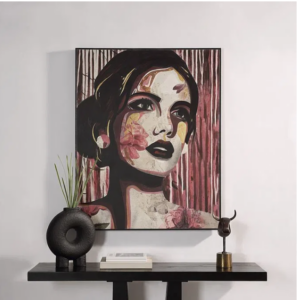 The Use of Vibrant Artwork
The Use of Vibrant Artwork
Consider introducing color through a piece of vibrant artwork. This method not only adds visual interest but also serves as a conversation piece. However, it’s important to use this strategy sparingly. You want to retain the simplicity that defines a minimalist space.
Accentuation through Accessories
Another way to incorporate color is through accessories like cushions or rugs. A colorful cushion or a statement rug can subtly introduce color without overpowering the serenity of the space. Again, restraint is vital here. These pieces should enhance the space, not clutter it.
Harmony and Serenity
The ultimate goal of minimalist decor is creating a serene and harmonious space. Colour choice plays a significant role in achieving this. Whether it’s through a piece of artwork or a cushion, thoughtful colour use can evoke a sense of calm.
As we transition into the next section, remember this: Colour in minimalist decor is not about excess, but about thoughtful, restrained use. With this in mind, we can delve deeper into the role of texture in minimalist decor.
Embracing Clean Spaces: The Minimalist Approach
Less is More

Minimalist decor thrives on clutter-free spaces. Clutter fosters visual and mental turmoil, opposing minimalism’s goals. The key isn’t living in a sterile, impersonal space. It’s about showcasing only what you truly cherish and require.
Curate Your Space
The process of curation is integral to minimalist decor. You carefully select the items that best represent you. Each piece in your home should spark joy and fulfill a purpose. Items that fail to meet these criteria are better discarded.
Smart Storage Solutions
Needless items shouldn’t clutter your space. They should find a home in smart storage solutions. These solutions allow you to keep necessary items out of sight, maintaining the clean lines characteristic of minimalist decor.
Therapeutic Decluttering
Regular decluttering isn’t just about maintaining aesthetics. It’s a therapeutic exercise. It helps create a more serene and pleasant living environment. The process can be liberating, creating a space that truly reflects your tastes and lifestyle.
Transitioning to Minimalism
The transition to a minimalist lifestyle may seem daunting. However, each step taken towards decluttering and curating your home brings you closer to a peaceful and focused living space. This prepares you well for the next phase of your interior design journey.
Embracing Simplicity: The Minimalist Approach to Interior Design
Introducing Minimalist Aesthetics
Minimalism champions simplicity, highlighting clean lines, basic forms, and bare surfaces. Your space should radiate ease, relaxation, and uncomplicated charm. A minimalist design doesn’t mean your home should feel stark or cold. Instead, it’s about reducing clutter and focusing on the essentials.
Powerful Furniture Statements
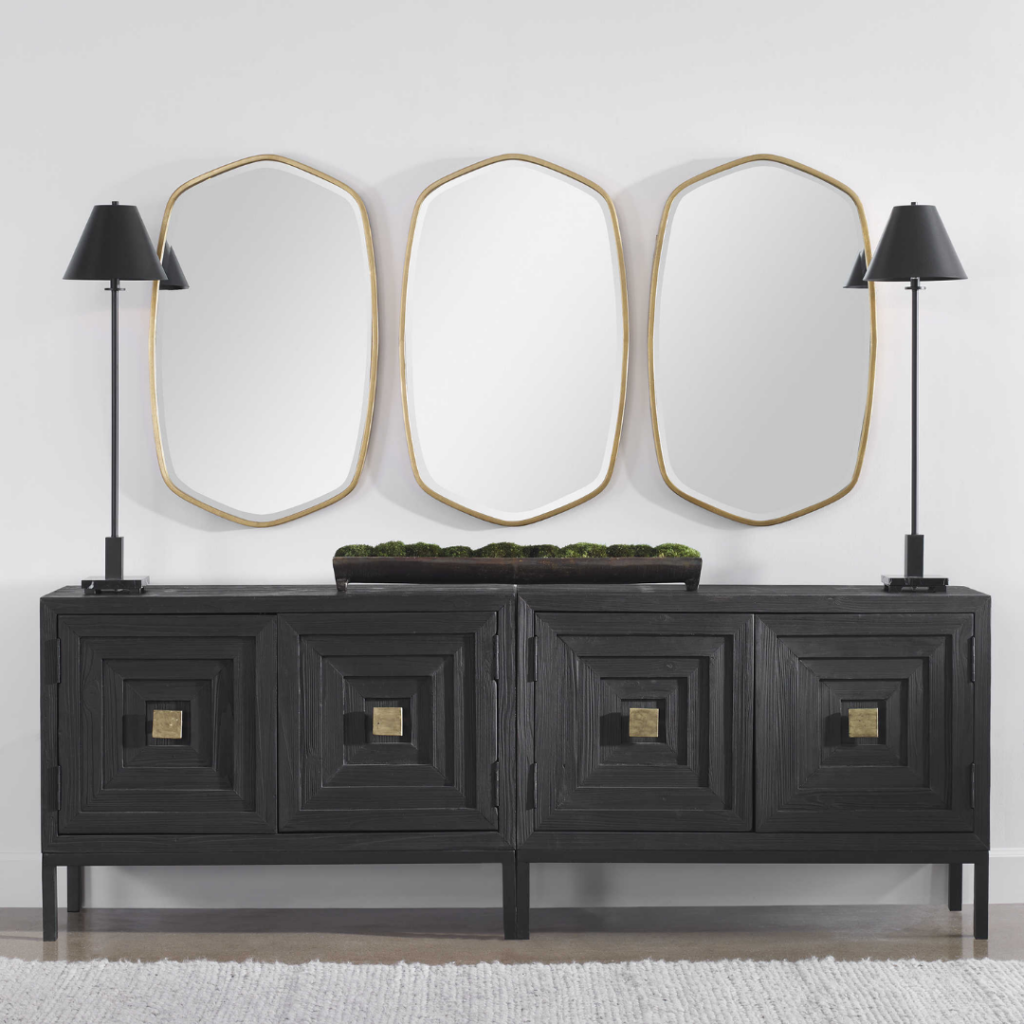
In transition design, a simple, clean-lined sofa often makes a stronger statement than a heavily-decorated one. It evokes a sense of calmness and order, while still providing comfort and functionality. Minimalist furniture pieces are versatile, elegant, and let the room breathe.
Artistic Minimalism
Artwork plays a significant role in minimalist design. One well-placed piece of art can create more impact than a gallery wall full of pictures. The artwork should speak for itself, and it should also complement the room’s color palette and overall aesthetic.
Color Scheme and Layout
The principle of simplicity extends to color schemes and layouts too. Neutral colors, including shades of white, cream, and gray, are common in minimalist design. They help create an open, airy feel. The layout should promote easy movement, with plenty of open space for a clean and orderly atmosphere.
Accessories in Minimalism

When it comes to accessories, less is more in minimalism. Choose a few quality pieces that add character without overwhelming the space. Remember, each item should serve a purpose or bring joy. As we transition to the next section, we’ll explore how to make your minimalist space feel like home.
Achieving Equilibrium with Minimalistic Design
Creating Balance, Not Symmetry
Firstly, minimalistic design isn’t synonymous with symmetry. It’s about achieving visual balance. For example, a large statement piece of furniture on one side of a room needs visual counterweight. This doesn’t mean an identical piece on the opposite side. Instead, consider a unique piece of artwork, a tall plant, or a sideboard.
Effortless Yet Intentional Design
Secondly, minimalism aims for an effortless, yet intentional look. Every piece has a purpose. There’s no room for clutter or unnecessary items. Clear surfaces and open spaces are predominant. They invite calm and tranquility into any room.
Selecting the Right Statement Pieces
Thirdly, a minimalistic room often features one or two statement pieces. These pieces should not just be visually appealing but also functional. They should serve a purpose while drawing the eye. Remember, the quality of the piece matters more than the quantity in minimalism.
Offsetting Large Pieces
Fourthly, when you have a large piece in a room, offset it. An equal visual weight on the other side creates a sense of equilibrium. This could be a sizable artwork, a tall indoor plant, or even a sleek sideboard. It’s all about creating that visual balance.
Harmony in Minimalism
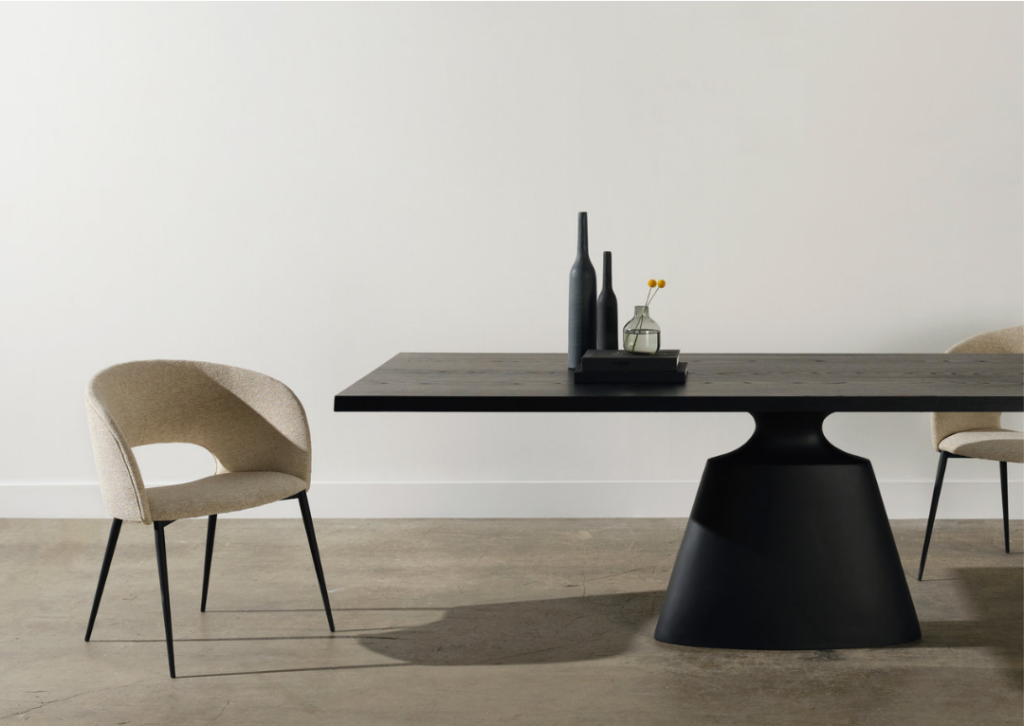
.
Lastly, minimalism is about creating a sense of harmony. The elements in the room should complement each other. This doesn’t mean they should match exactly. Rather, they should work together to create a cohesive, calming space.
As we transition to our next section, keep these minimalistic design principles in mind. They can help you create spaces that are not just beautiful, but also functional and harmonious.
Wrapping Up: Minimalism in Home Decor
In your journey of home transformation, remember that minimalism is more than just a design style. It’s a lifestyle that embraces tranquility, simplicity, and sophistication. This design approach frees up your space, creating an environment that truly breathes. It’s all about the beauty of less being more.
In minimalist decor, every item serves a purpose, enhancing the overall aesthetic. It’s a timeless style, offering a serene, clutter-free environment that soothes your senses at the end of a long day. If you’re yearning for a peaceful and stylish home, minimalism might just be the answer.
To embark on this exciting journey, don’t hesitate to contact me for a free consultation. Stay in the loop with the latest design trends by signing up for my newsletter. Transform your home today with the art of minimalism, because less is indeed more.

